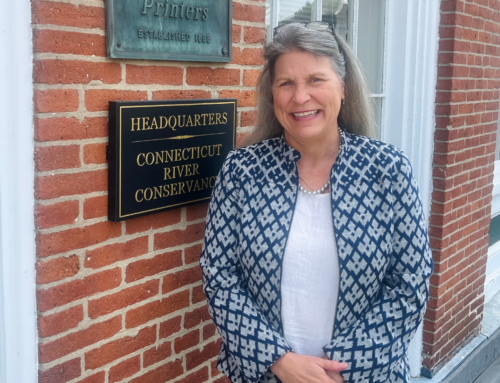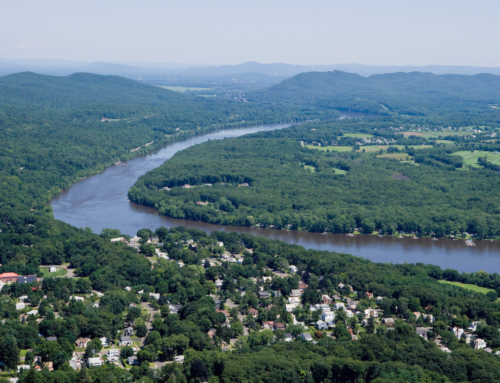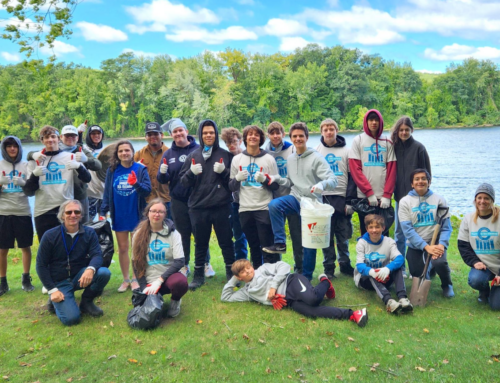March 13, 2012
Paul Ducheney Superintendent – Hydro Holyoke Gas and Electric Department 99 Suffolk Street Holyoke, MA 01040-5082Re: Survey for Upstream American Eel Passage at Holyoke Dam, Connecticut River, Massachusetts, 2011, FERC Project No. P-2004, Agency Review Draft
Dear Paul,
I reviewed the agency review draft Survey for Upstream American Eel Passage at Holyoke Dam, Connecticut River, Massachusetts, 2011 dated February 2012 and prepared for HG&E by Normandeau Associates. Below are comments submitted on behalf of the Connecticut River Watershed Council.
2011 was an odd year for eel passage, since the South Hadley side was not very operational and most eels passed on the Holyoke side. We note that last year’s report recommended eliminating the spillway ramp on the Holyoke side because eels could easily climb to the stilling basin. It is a good thing the spillway ramp was not eliminated, as this was the location of the largest number of eels caught (5,141, with the stilling basin second at 4,332).
The Executive Summary of the report on page ES-2 hypothesizes that a good portion of the eels that might have been collected by the South Hadley ramp continued searching until they found the Holyoke ramps. In looking at the limited visual observations on the South Hadley side, there were more than 100 eels climbing and swimming at the South Hadley leakage site on 7/20 and 7/27, but no other dates. Table A1-1 on page 44 shows a small spike in eels caught on the Holyoke side on 7/25 running into 7/27. However, very few eels were caught for another month. Did it take the eels a month to find the Holyoke side and then get captured? I think the hypothesis does not hold up that well. If we had all felt one side of the river was sufficient for capturing all the eels, we probably would have stopped testing all these spots and tweaking the techniques several years ago
Page 16 of the report says that in the summer of 2011, eels were presumably attracted to decaying American shad after the anadromous fish passage season. We wonder how this might be different than other years.
In Section 6, Normandeau Associates, 2011 incorrectly cites the 2009 report rather than the 2010 report.
We have seen comments submitted by Don Pugh of Trout Unlimited. We think he has offered a number of useful suggestions, such as testing a ramp at the canal bypass sampler. Thank you for the opportunity to review the report and provide comments.
Sincerely,
Andrea F. Donlon, M.S.
River Steward







